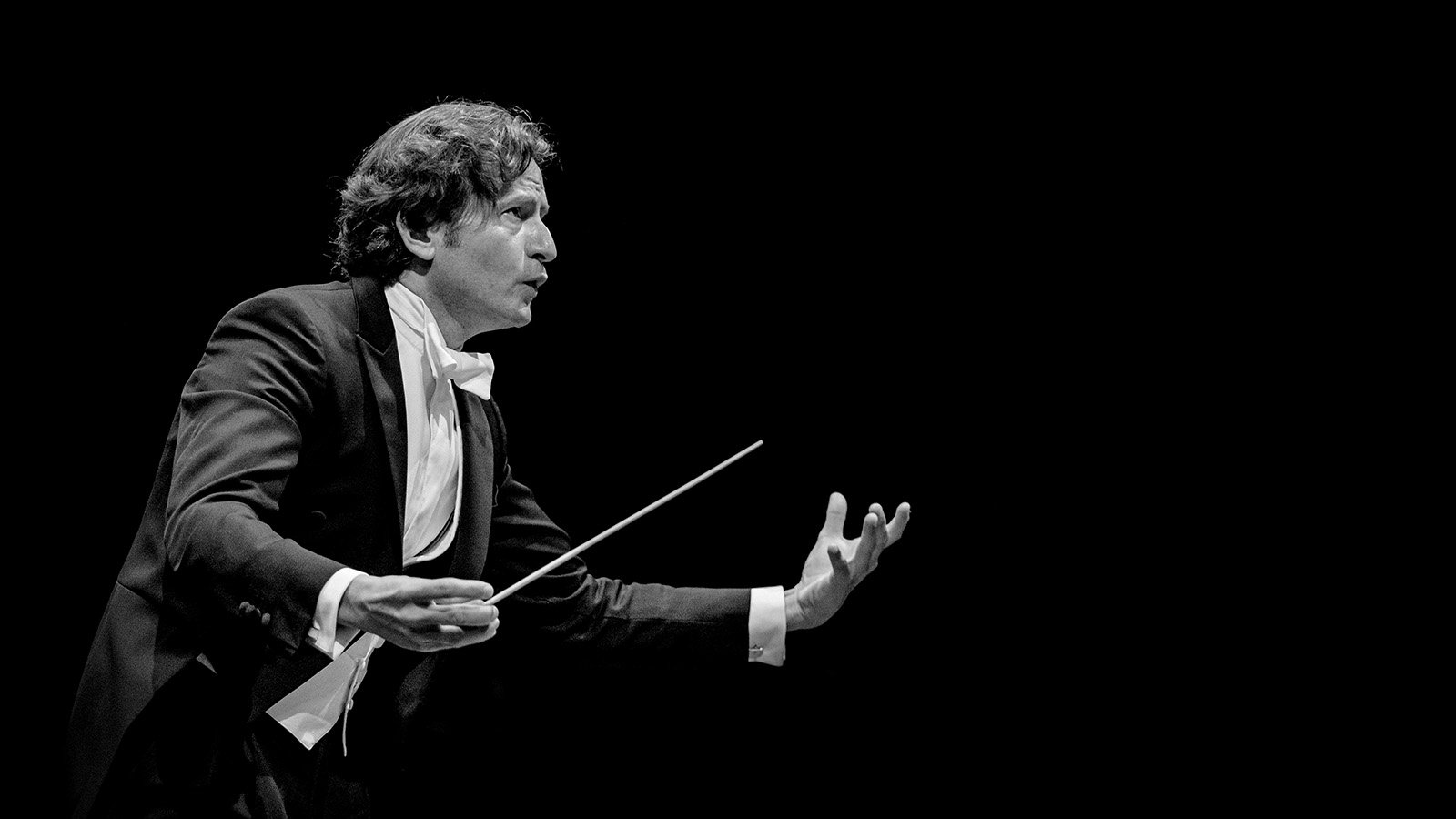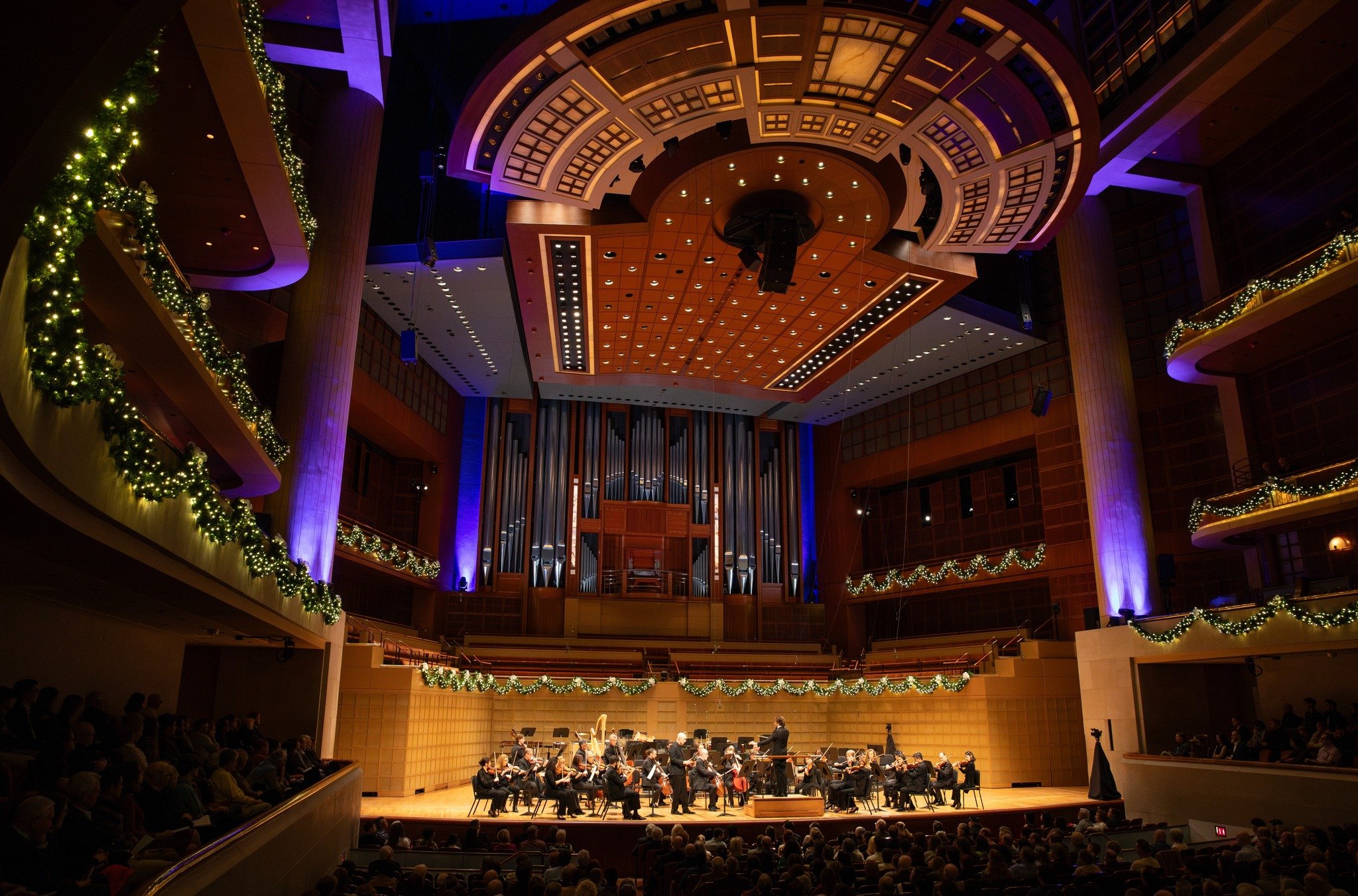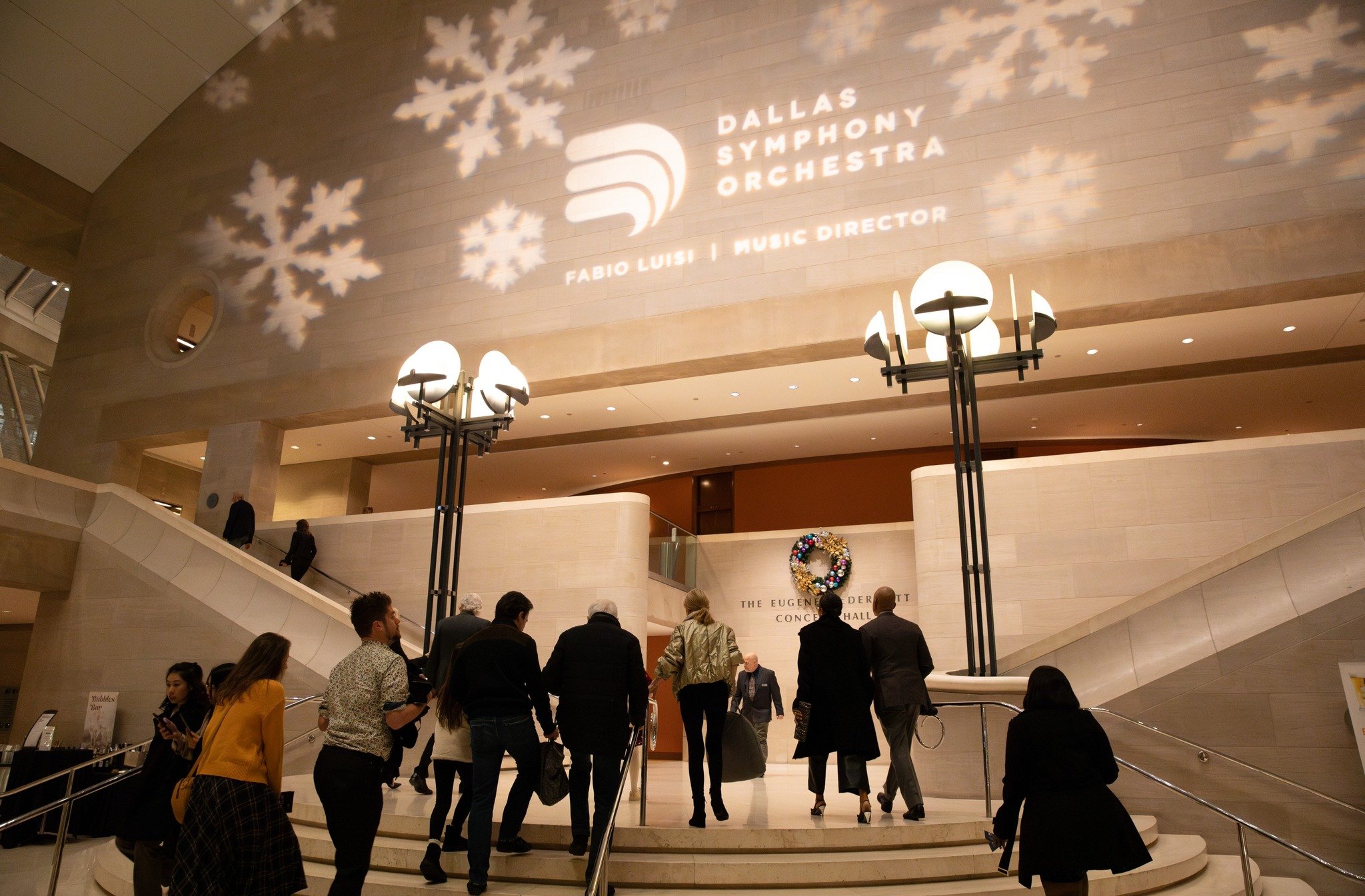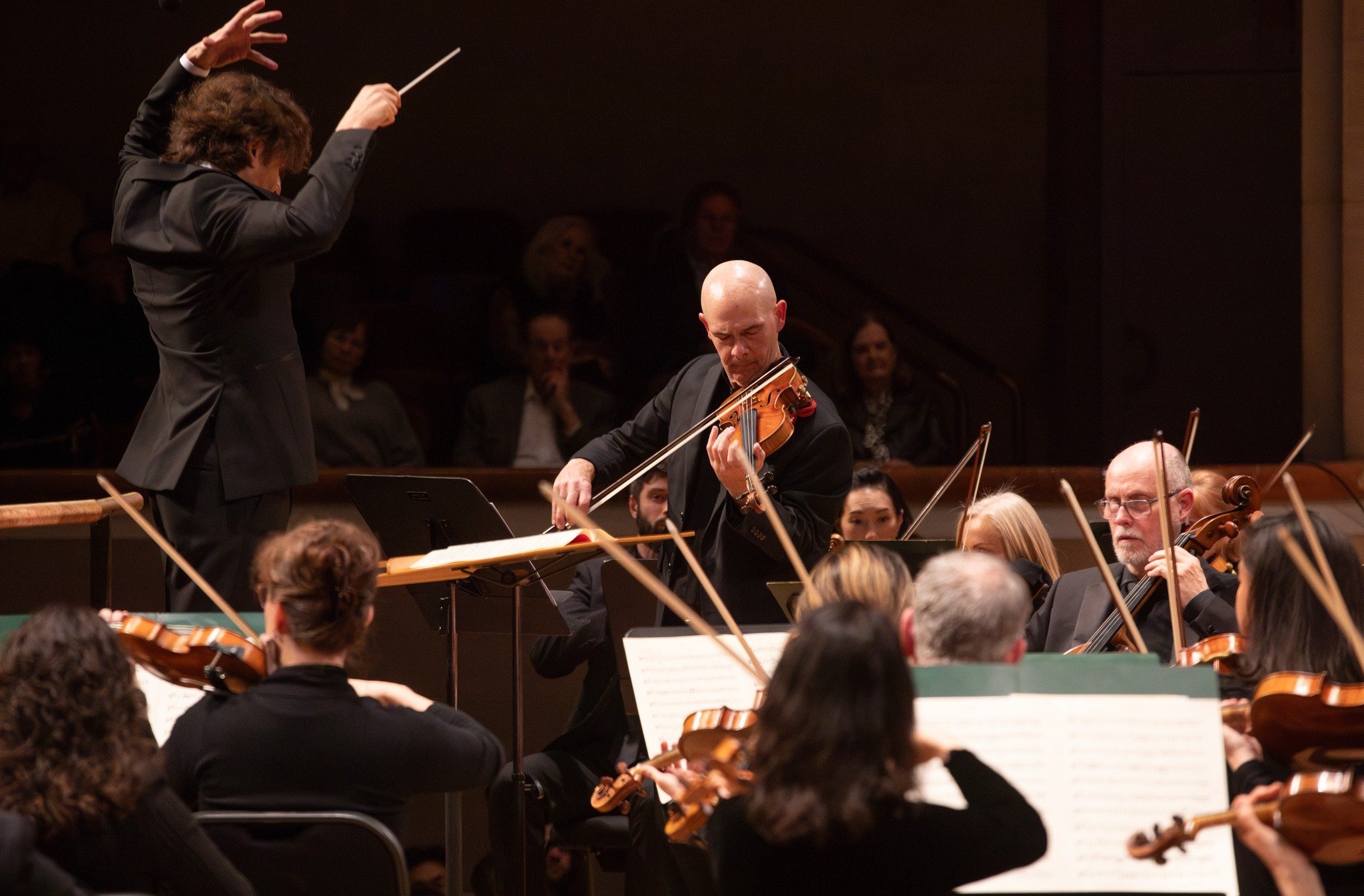Stravinsky ‘The Firebird’ @ Dallas Symphony Orchestra
—Gregory Sullivan Isaacs
This past weekend, the Dallas Symphony Orchestra presented a power-driven concert that completely filled the sonic cavity that is the Meyerson Symphony Center. Guest conductor Gustavo Gimeno drove the orchestra to extremes with his penchant for both quick tempi and crashing crescendi.
Friday evening’s concert opened with an introduction to the season, the suite drawn from Pyotr Ilyich Tchaikovsky’s eternally present Christmas-tide ballet, The Nutcracker. In keeping with this fairy tale opening, Gimeno closed the concert by jumping decades into the future to another work based on folk-tale traditions—the 1945 suite from Igor Stravinsky’s 1910 ballet The Firebird. In-between, our ears got a break with an elegant performance of Mozart’s Violin Concerto No. 5 (“Turkish”), beautifully played by concertmaster Alexander Kerr and accompanied by a DSO suitably reduced to Mozart-size.
Tchaikovsky’s The Nutcracker is a perennial holiday favorite that is danced across America by ballet companies from modest to grandiose. Since the 1950s, it has become (on average) the source of more than 40% of annual ticket revenue for the presenting companies. It is also a money-maker for professional dancers, who fan out across the country to take on the solo roles in these well-loved productions.
Tchaikovsky gave audiences a taste of the work (a 19th-century “trailer” of sorts) by presenting the Nutcracker Suite some nine months before the debut of the ballet itself. Since the suite was a collection of highlights, the score of the full-length ballet was somewhat disappointing to early audiences, because of its stretches of somewhat arid (but plot-driven) music.
The storyline is loosely based on German fantasy author E. T. A. Hoffmann's short story “The Nutcracker and the Mouse King,” written in 1814. The various sections, all distinct dances, were dictated to the composer by choreographer Marius Petipa in great detail—down to the number of measures each should possess.
Gimeno’s interpretation on Friday evening lacked, of course, this vital connection to the actual choreography. And Gimeno’s resume, while heavily laden with top-level opera and symphonic experience, does not mention any time spent in the ballet pit. Conducting ballet is a completely different animal, in that it is the rhythm of the actual ballet steps that dictates the tempo.
If the music is taken even a hair too fast or too slow, the dancers may find it difficult or near-impossible to negotiate the required maneuvers. Gimeno’s pace on Friday evening conjured up visions of catastrophic collisions rather than sugar plums—yet in fairness, this doesn’t matter one whit in a non-ballet presentation.
Kerr’s reading of Mozart’s final violin concerto was a thing of beauty and, happily, Gimeno matched him throughout. Kerr began his journey through the concerto with close attention to Mozart’s unusual opening gesture. After the first theme, presented by the orchestra, Kerr delivered a deeply felt reading of the surprisingly placed adagio before the concerto’s first movement continued.
Rather than improvisations of his own, Kerr chose cadenzas (written by others) that showed off his technical mastery while remaining true to the classical style.
After intermission, Gimeno raised the roof with his dramatically intense reading of Stravinsky’s 1945 Suite from The Firebird. This is completely different from the usually heard 1919 suite or the even earlier version the composer wrote in 1911. In 1945, Stravinsky significantly changed the orchestration, presumedly to make it more independent from the influence of his teacher, Nikolai Rimsky-Korsakov, who is renowned as a master of vivid orchestral colors.
The story of The Firebird revolves around a handsome prince and his lady-love (’natch) who find themselves at the mercy of the immortal evildoer Kashchey. The prince’s earlier encounter with the magical Firebird won him her favor, plus the gift of a souvenir feather having great powers. With the Firebird's intervention, the mortal characters (Prince et al.) are saved and the evil immortals are defeated. General rejoicing ensues.
Stravinsky’s ballet suite is a rarity on the concert stage, as opposed to Tchaikovsky’s confection, so the correlation between the dancer’s steps and the conductor’s tempi is more difficult to discern—but decibels speak for themselves. The loudest moment in The Firebird (suites or full ballet) is usually the huge bass drum blast that launches the finale. This certainly happened on Friday night, but it had some sonic competition from other moments, particularly at the opening of the “Infernal Dance.” Still, the bass drum managed to appropriately shock some members of the audience—as intended.
WHEN: November 24-26, 2023
WHERE: Morton H. Meyerson Symphony Center
WEB: dallassymphony.org



